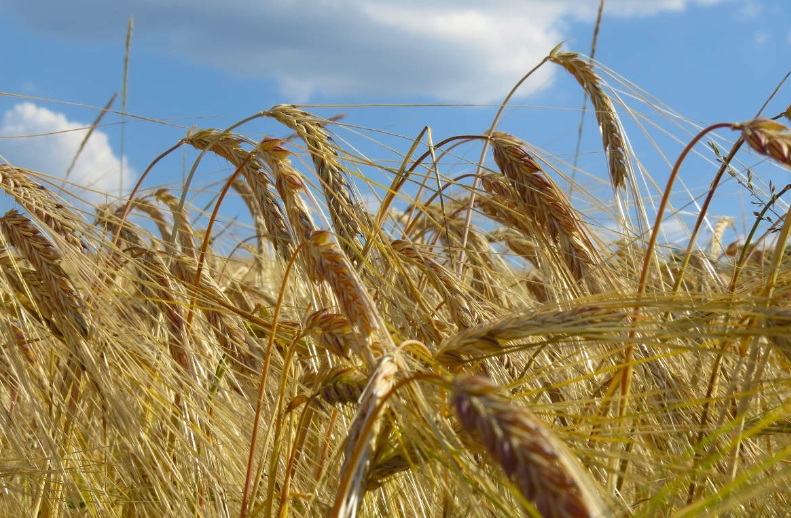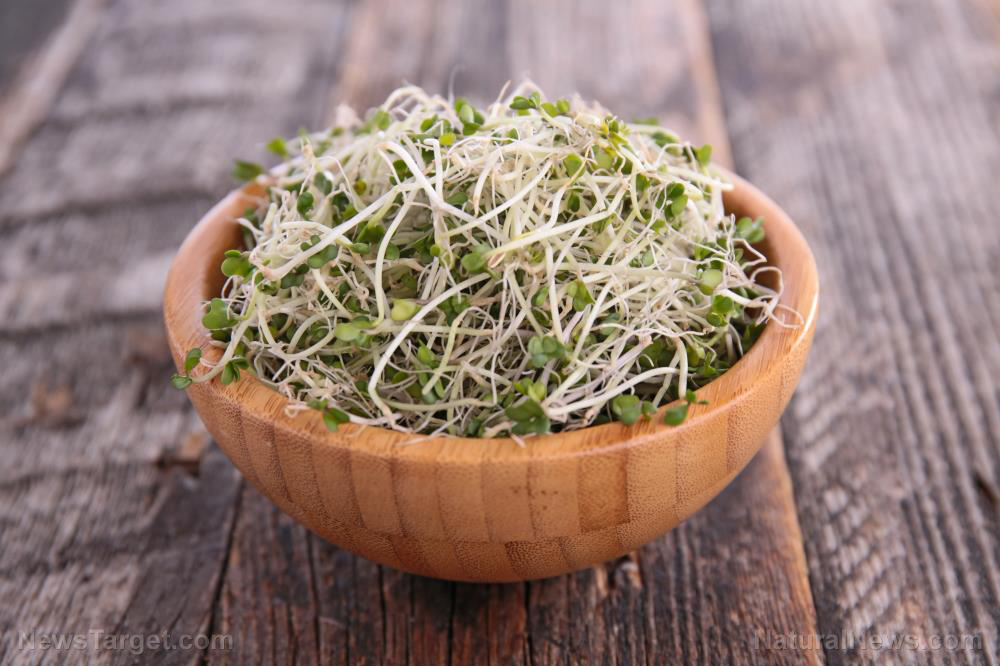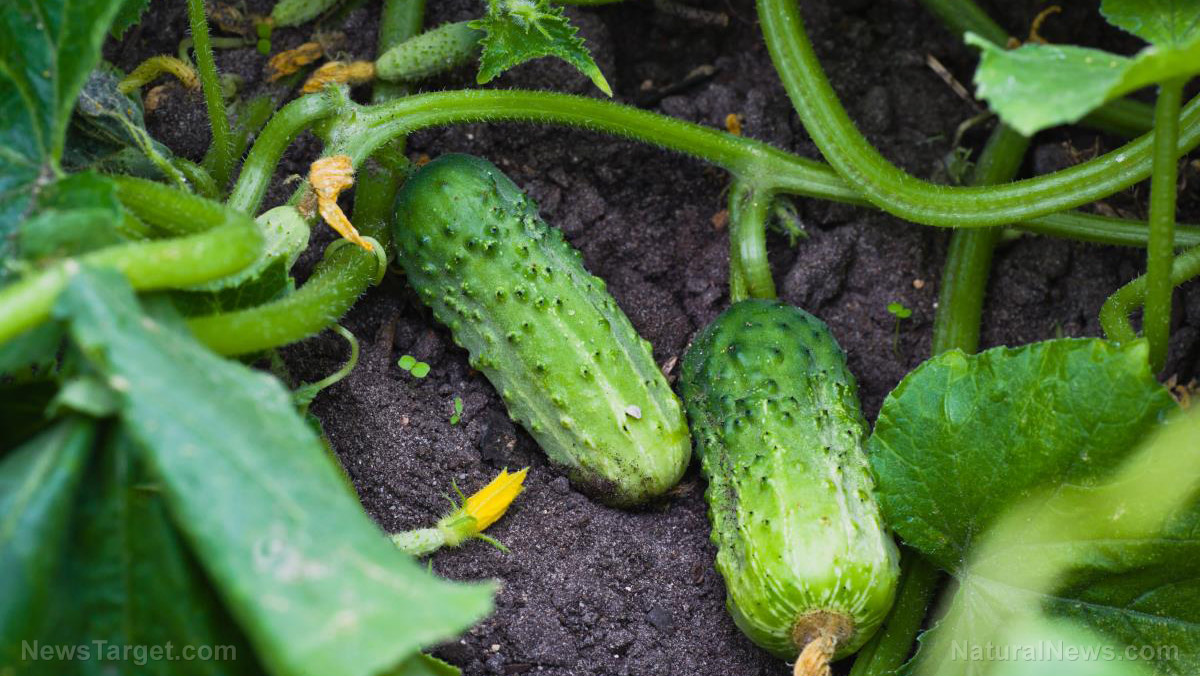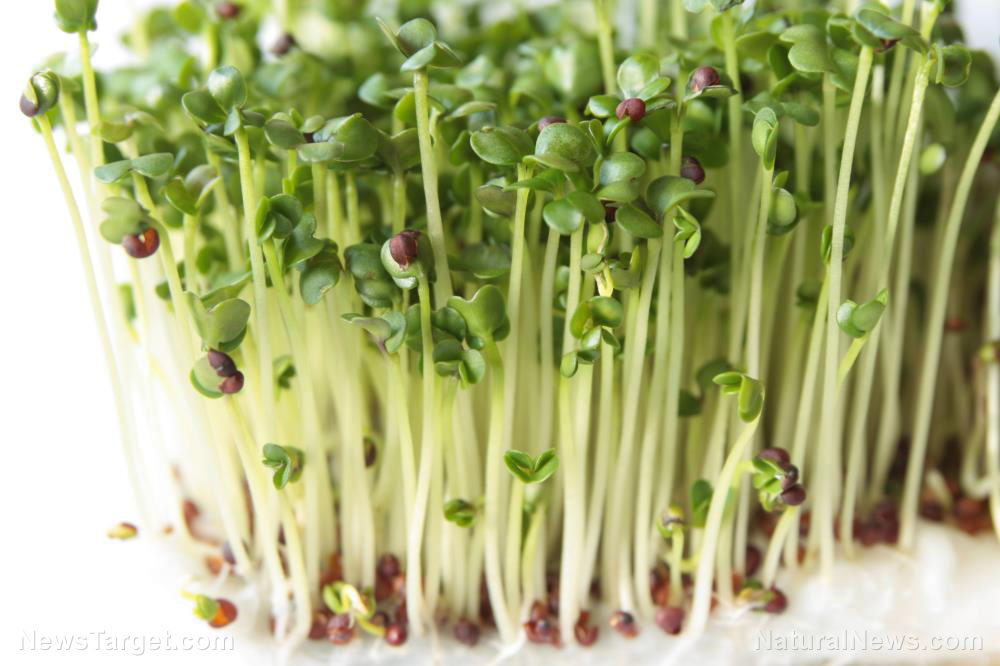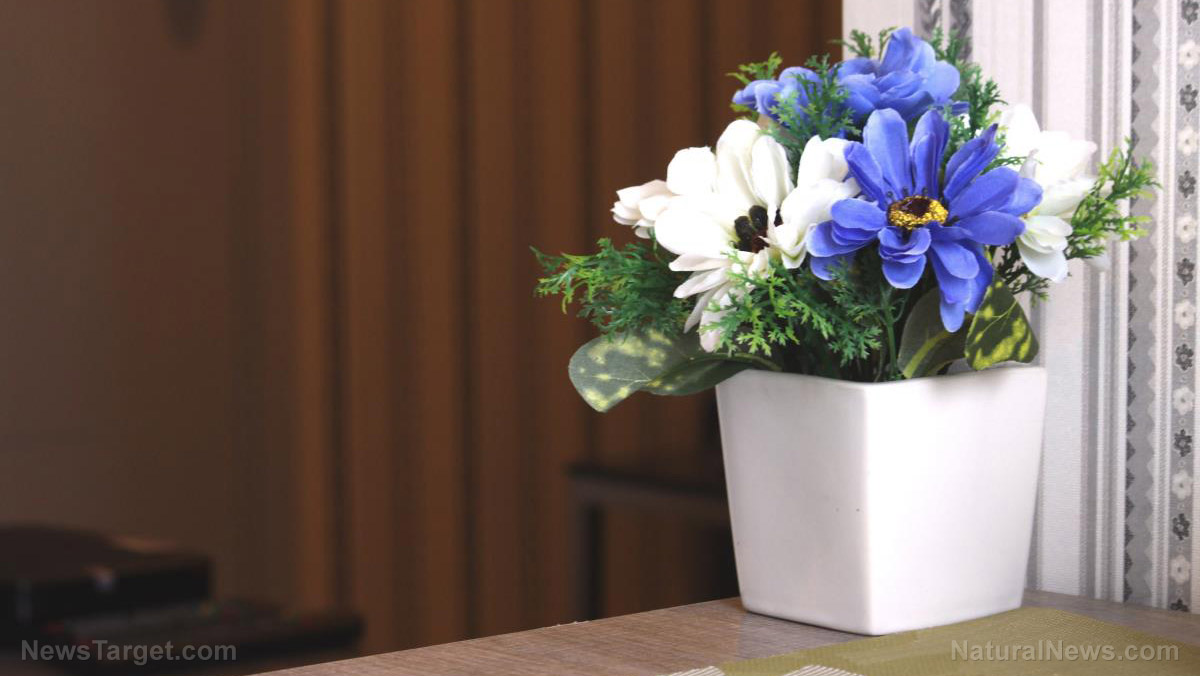
1. Day lily
Day lilies got their name because their flowers bloom during the day and wilt at night. Their flowers have a wide range of colors (except for blue and pure white), but they are best known for their bright orange blossoms. A lot of their parts are edible, and here are some ways that you can prepare them:
- Open flowers – Day lilies have a mildly sweet taste. Add the flowers to your salad or soup/stew. You can also use them as pizza toppings. (Related: Add Edible Flowers to Your Healthy Diet.)
- Unopened flowers – Make hors d'oeuvres by sauteing the flower buds in salt and oil. You can also pickle them for a snack later.
- Petals – Dry the petals completely and grind them into flour. You can use this to make baked goods.
- Leaves – In the spring, the new shoots taste like mild onion. Add them moderately to your recipes.
2. Fuchsia
These plants are abundant in the summer and are best grown in a hanging pot. They have a striking two-tone pink color that stands out in a garden. Here are the parts that you can eat:
- Berries – These are oblong-shaped berries, which are slightly bigger than blueberries. They have a tart, citrusy taste. Add them to your morning smoothie or eat them fresh. If there’s a lot of berries, you can turn them into jam.
- Flowers – Because of their color, they are often used for decorative purposes. Add them to your salad or freeze them into ice cubes. Add the ice to drinks for a pretty glass of water or a cool party drink.
3. Creeping bellflowers
These flowers are often called "zombie weeds" because they’re invasive and propagate easily. However, most gardeners welcome them. With proper maintenance, they shouldn’t get in the way of other plants. Their drooping violet flowers are beautiful to look at and many parts of them are edible. Here are some tips on how to prepare them:
- Roots – The roots of creeping bellflowers taste like parsnip. Dig up the roots during fall. Afterward, wash, peel, and boil them. Add them to meals as you would a parsnip.
- Shoots – Prepare the shoots like you would an asparagus. You can blanch them or use them as an ingredient for another meal.
- Leaves – Like the shoots, the leaves can also be blanched. You can add them to soups or stews.
- Flowers – Use them to garnish salads and other foods.
4. Hosta
Hostas belong in the same family as the asparagus. Their flowers bloom throughout the summer and some may even last during the fall. They can survive in the shade, making them a great addition for empty spaces in your garden. For eating, you can use the following parts:
- Shoots – Spring is the best time to harvest hosta shoots. They look like asparagus, and they can be eaten raw, steamed, and even roasted.
- Leaves – As times passes, the leaves open and get older. These leaves become tough, but they can still be palatable. Mix them with other fruits and veggies and make yourself a green smoothie.
- Flowers – They don’t have a lot of taste, but you can still add them to your salads and appetizers.
5. Pansy
Pansies are part of the viola family, along with other flowers like violets. They are sun-loving plants and commonly bloom during the summer. Pansies are quite popular among gardeners. You can buy them in a pot from a lot of nurseries. Here are some parts that you can eat:
- Leaves – They taste a bit like wintergreen and have a gel-like consistency. They’re great additions to salads, soups, and smoothies.
- Flowers – Often used as decoration, they're commonly used as toppings for hors d’oeuvres and salads. In candy form, they can be used to adorn cakes.
Not only do these plants beautify your home, they also serve as sources of food. Learn more about multi-purpose plants for your garden at HomeGardeningNews.com.
Sources include:
Please contact us for more information.
















